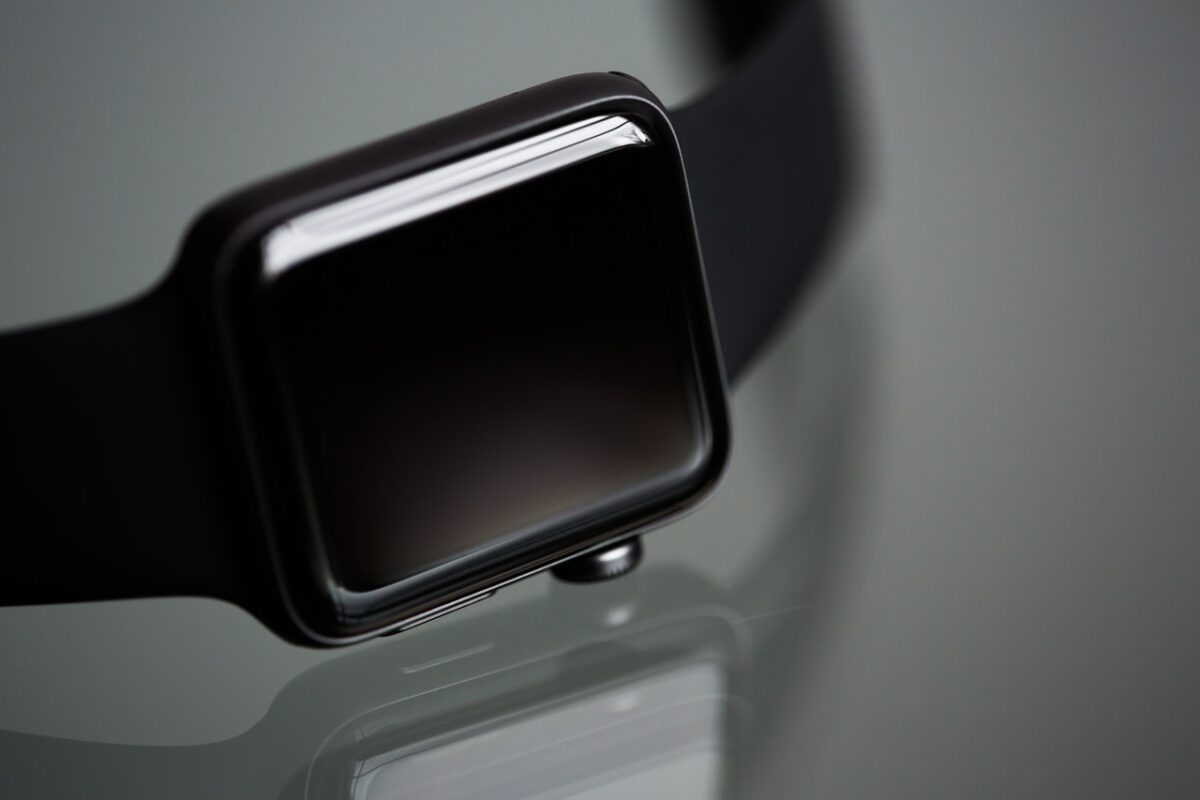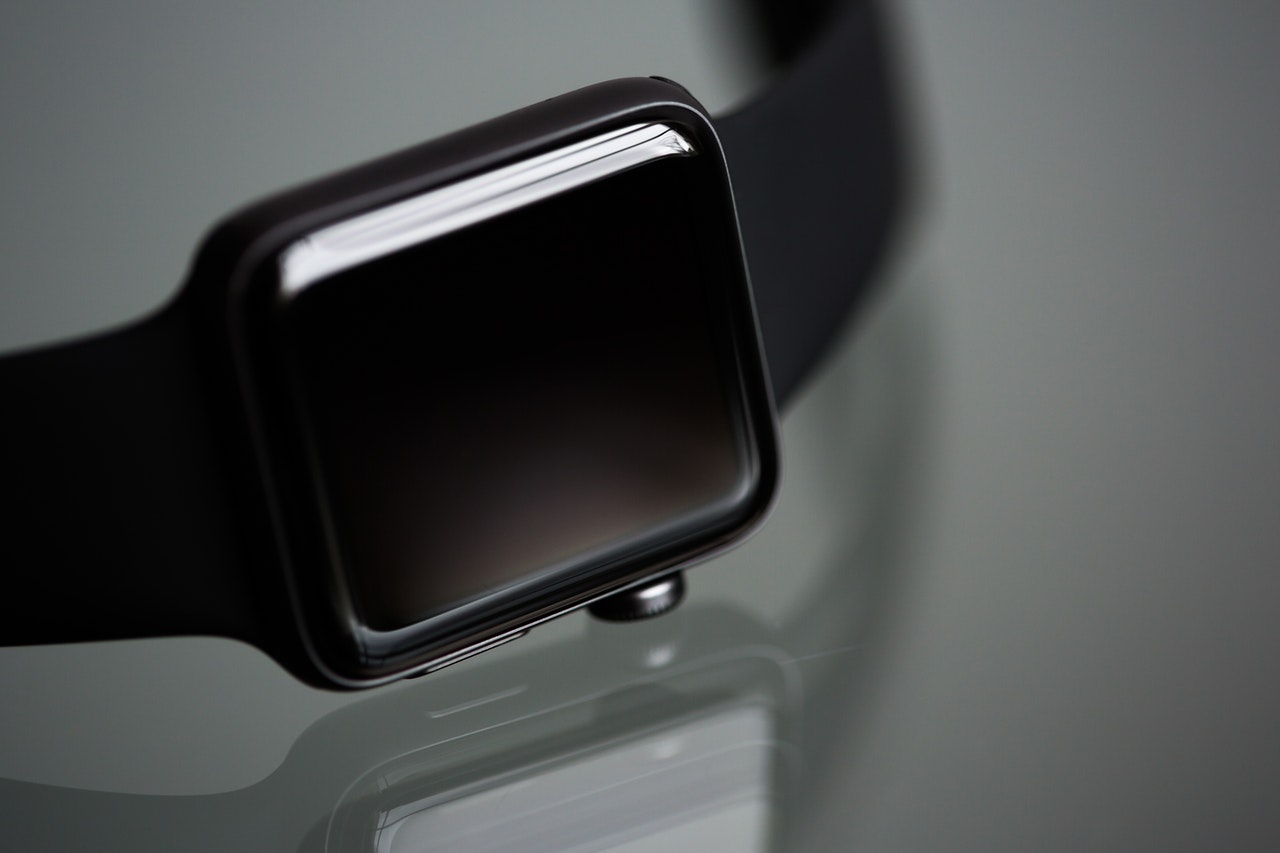
If you are injured due to another person’s negligence, you are entitled to recover fair compensation. This includes:
- Medical expenses;
- Lost income;
- Loss of future earning capacity; and
- Compensation for pain, suffering, and loss of enjoyment of life (also referred to as human damages).
While lost wages, loss of future earning capacity, and medical expenses are easily quantifiable, human damages are more difficult to measure.
The goal of human damages is to compensate the victim for effects on his or her daily living resulting from the accident. This requires your attorney, the insurance adjuster, and ultimately, the jury to compare the victim’s life before the accident to the victim’s post-accident life. So what does this have to do with a fitness tracking device?
Personal fitness devices provide a way to objectively demonstrate the often dramatic effects of even a “minor” injury. The Apple Watch, Fitbit, Garmin Vivofit, and Microsoft Band are commonly worn devices capable of tracking fitness. In fact, a 2019 gallop poll reported that one out of every five people in the U.S. wears a fitness tracking device.
Our tracking devices continually update a database of our physical activity. If you wear one both before and after a car crash or other injury, the records from these devices provide a clear picture of just how debilitating your injuries might be from a physical activity standpoint. This is important because much of the human damages portion of a personal injury claim is directly related to one’s ability to live life uninhibitedly. If you injure your back and can no longer go on your morning runs before work, these limitations often have residual emotional and mental consequences, which are generally compensable as pain and suffering damages.
Tracking devices offer valuable, unbiased information in a personal injury that can help remove the uncertainty surrounding human damages. They are a valuable tool to both plaintiff and defense lawyers when presenting a personal injury case. In the pre-tracking device world, we would rely on the subjective observations offered in the testimony of the injured person’s friends and family to paint a picture of the plaintiff’s physical condition before and after an injury. Most jurors prefer something concrete that they can point to over the subjective and potentially biased recollections of error-prone humans.
I wear a Fitbit. My device tracks my steps for the day, the distance I’ve traveled, the amount I’ve slept at night, my heart rate, my weight, and calories burned. Every week I get a report in my e-mail summarizing my fitness and activity for the week. Each week I receive a written report from an unbiased third party documenting “baseline” for my pre-injury state.
It is likely that as we increase our capabilities and reliance on our devices, they will become increasingly more important in personal injury claims. Our tracking devices act almost as biographers – we should be aware of the story they tell about our lives, especially in the event you are injured at the hands of a negligent actor.

